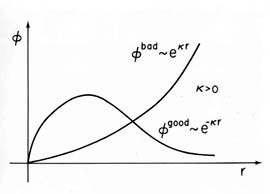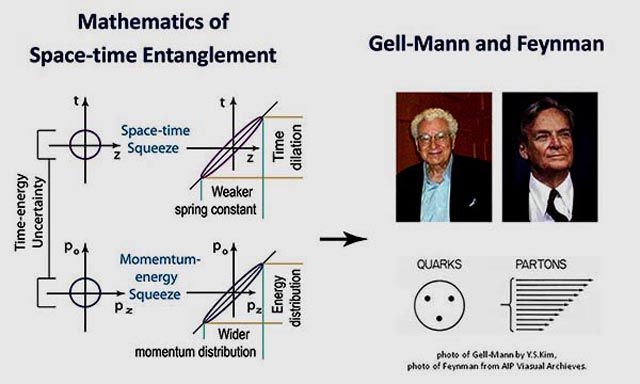Appendix to
-
the webpage entitled
- After I became an assistant professor at the University of Maryland,
I had to publish papers, the papers that were acceptable to the
main line of physics at that time. Starting from 1960
until 1967 young
physicists had to follow the ideology that the origin of physics
is in the complex plane, and bound states should be described by poles
in the complex plane. In 1965, I found out that the bound-state
poles do not necessarily correspond to localized wave functions.
Specifically, in one of my 1965 Phy. Rev. papers, the calculation of the neutron-proton mass difference by Roger Dashen and Steven Frautchi is based on a non-localized wave function. Click here for a story.
This paper of mine did not sit very well with the American physics establishment, and I almost lost my job at my university. It was more than one half century ago. Many of my friends told me "Dashen is a genius but you are a Korean," and it was a very valid argument at that time.
Yet, my senior colleagues in my department were careful enough to examine my case thoroughly, and my address is still the same as before. Indeed, the United States has been very nice to me.
- More educated colleagues were telling me wave functions have nothing to
do physics. Everything has to be explained in terms of what happens
in the complex plane. This is a very ignorant statement, but has a point.
The complex plane comes from the Lorentz-covariant formulation of the
S-matrix theory, but it is not possible to Lorentz-transform the localized
wave functions.
- However, before me, attempts were made to construct Lorentz-covariant
localized wave functions by Dirac and Feynman.
- In 1973, with Marilyn Noz, I published a paper in PRD
saying it is possible to construct a Gaussian form can be Lorentz-squeezed, and its consequence
is seen in the dipole cut-off of the proton form factor.
- In 1977, again with Noz, I published a PRD paper saying the quark model
and parton model are two limiting cases of one Lorentz-covariant entity,
as illustrated in the following figure.

Click here for a detailed story of this figure.
Massless Particles. Maxwell, Minkowski, Einstein,and Wigner.
-
Y. S. Kim (2016.11.20)